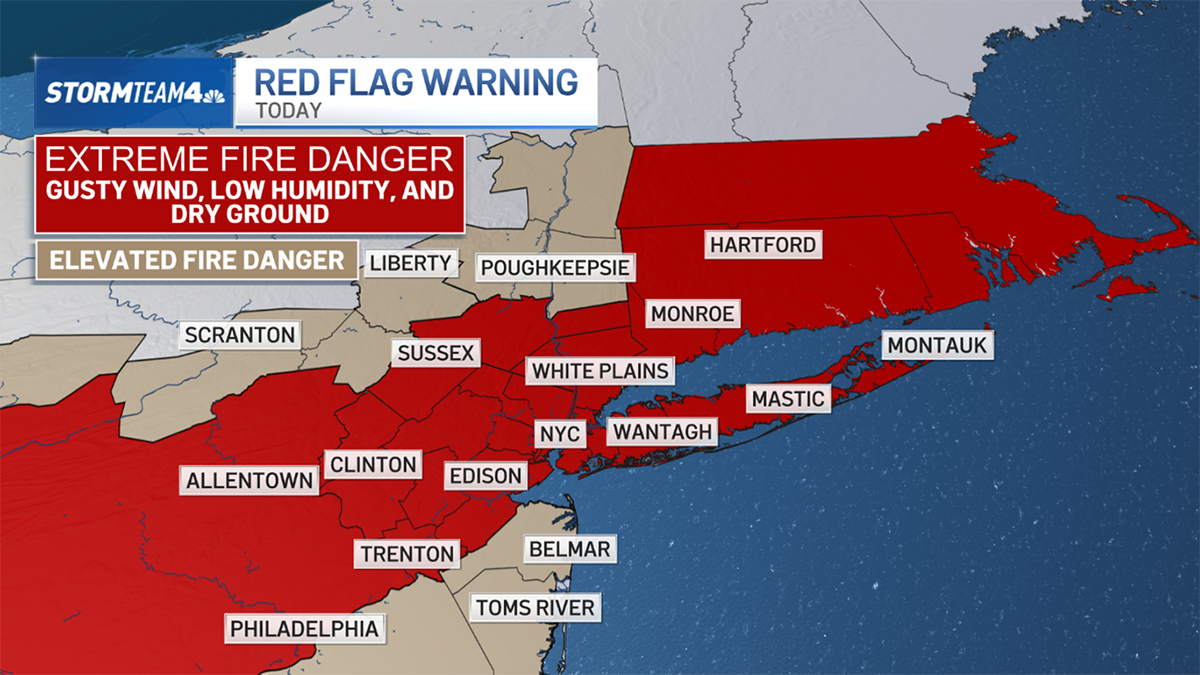Helene continued to strengthen Wednesday and is expected to rock the Florida Gulf Coast later this week as a Category 3 storm.
As of the National Hurricane Center's latest update, Helene had maximum sustained winds at 80 mph, and it is moving NNW at 10 mph.
The storm is about 480 miles south-southwest of Tampa. It is expected to bring life-threatening storm surge, damaging winds and flooding rains to a swath of Florida and the southeastern United States.

The storm is forecast to strengthen over the eastern Gulf of Mexico and become a major hurricane on Thursday.
At this point, it is zeroing in on the Big Bend area stretch of the Florida Gulf Coast, which is one of the most sparsely populated sections of Florida’s coastline.
Get Tri-state area news delivered to your inbox. Sign up for NBC New York's News Headlines newsletter.

Hurricane force winds as high as 115 miles per hour will cause considerable damage to areas near the eye of the storm. Surge will be a more widespread problem for Florida.
Near the eye, storm surge could be as high as 18 feet. Further away, in the Tampa Bay area, peak surge could be as high as 8 feet, which will cause significant coastal flooding. Surge will be steadily lower farther south, along the beaches of Fort Meyers, Naples and the Florida Keys.

Over the southeastern U.S., Helene is expected to produce total rain accumulations of 5 to 10 inches with isolated totals around 15 inches.

This rainfall will likely result in areas of considerable flash and urban flooding, with areas of significant river flooding. Landslides are possible in areas of steep terrain in the southern Appalachians. Flash flooding is likely.

Weather Stories
For the tri-state area, Helene is expected to have no impact. A well-timed ridge of high pressure will set up over the Northeast and deflect the remnants of Helene west, into the Midwest, by the weekend.
That high pressure is expected to deliver nice weather to the tri-state on both Saturday and Sunday.




